ridethelightning
1 MW
- Joined
- Jul 21, 2013
- Messages
- 2,010
just bookmarking this guys... 
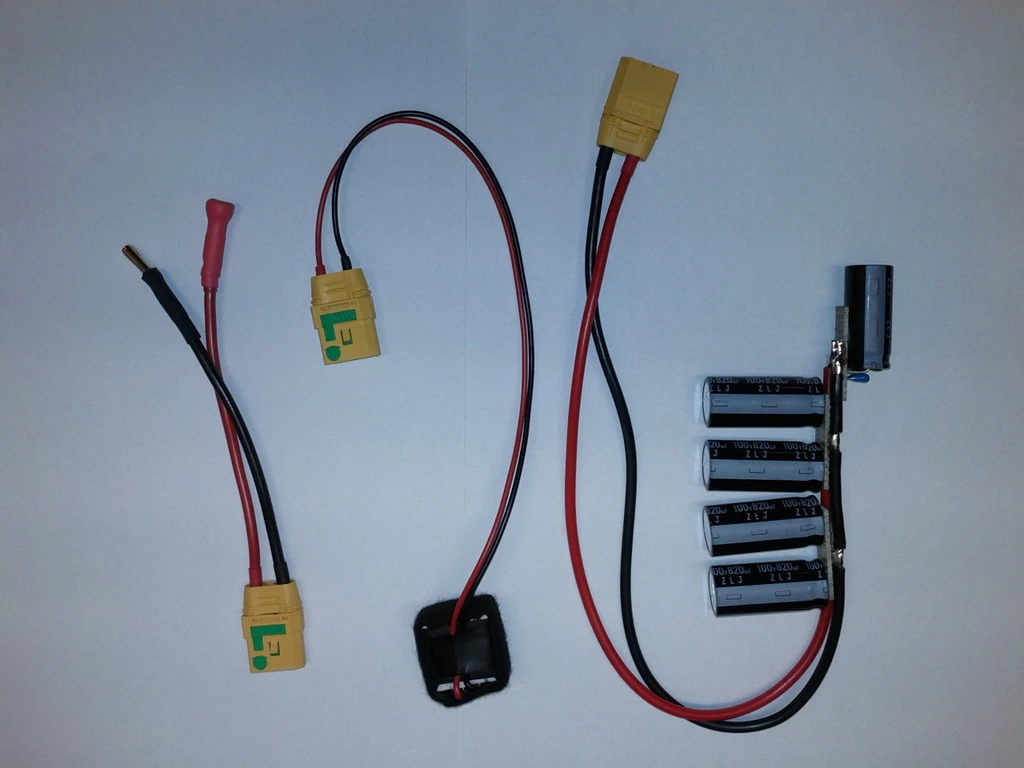
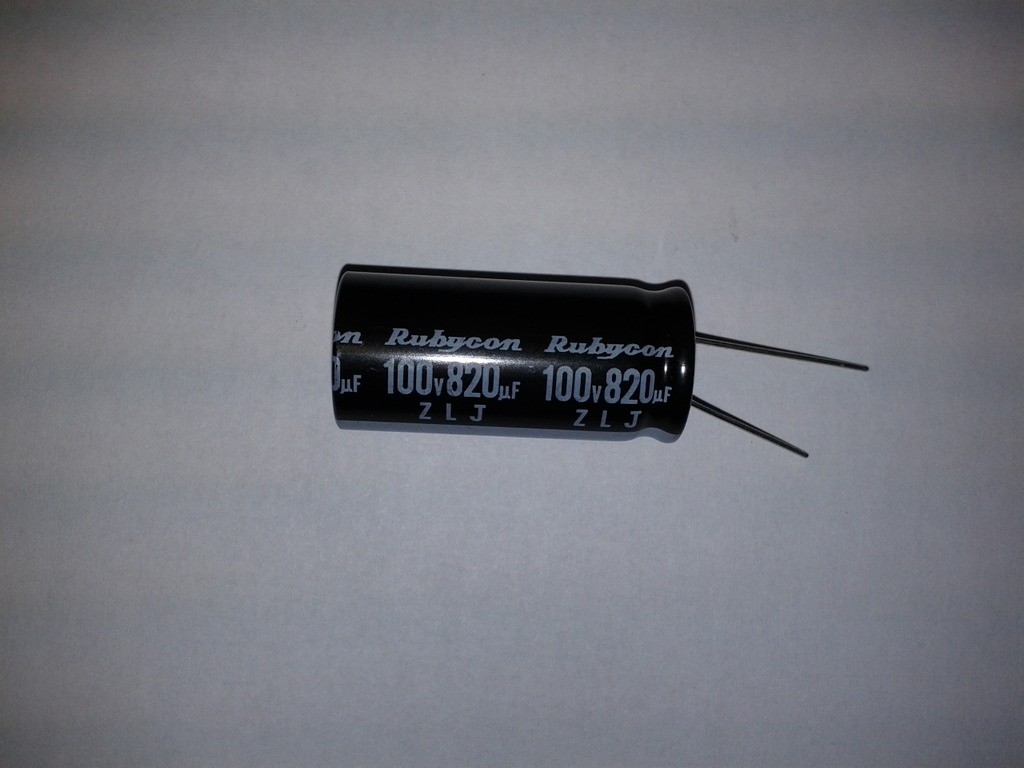
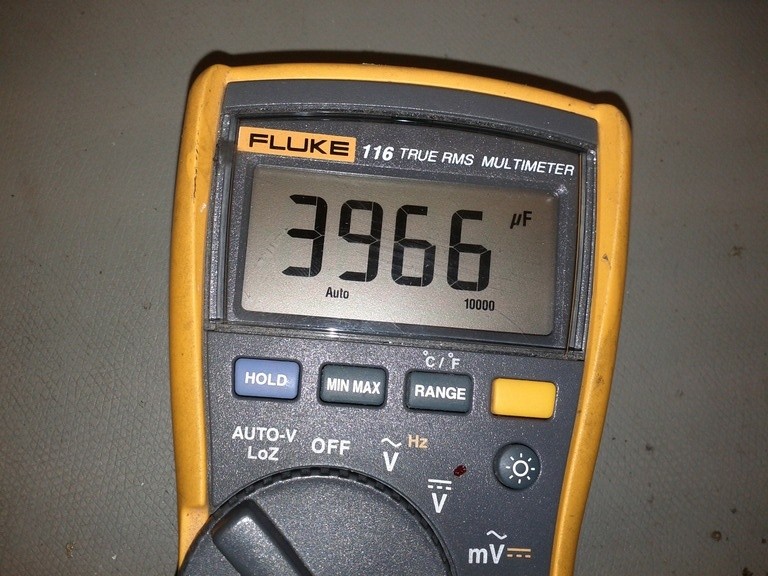
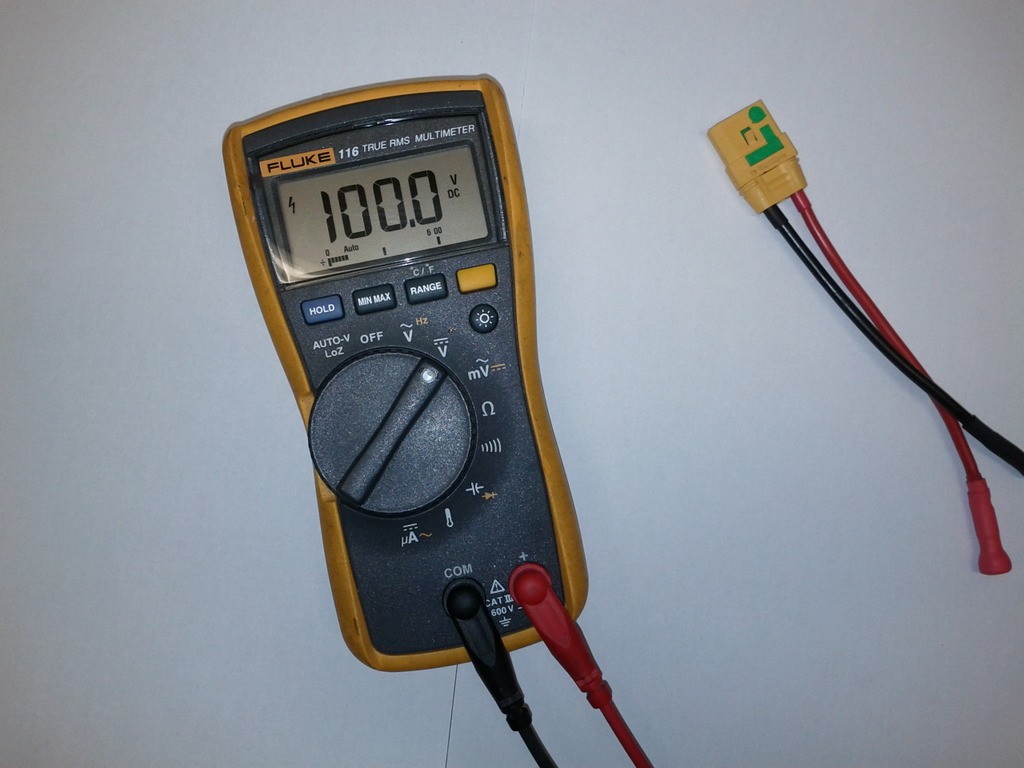
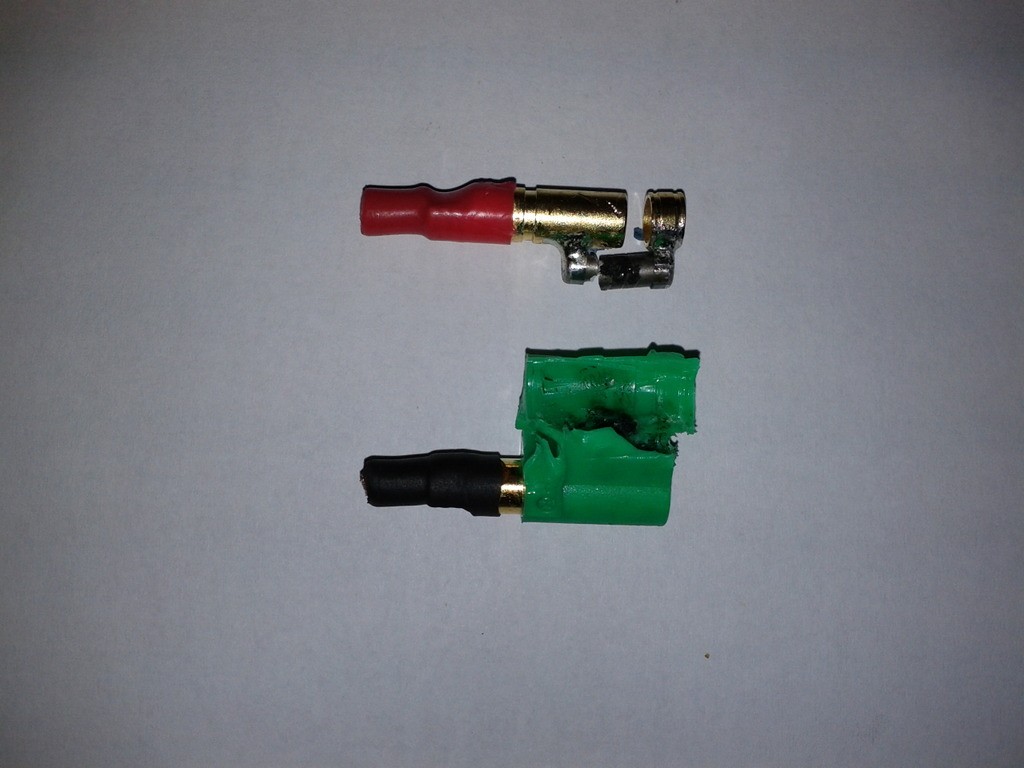
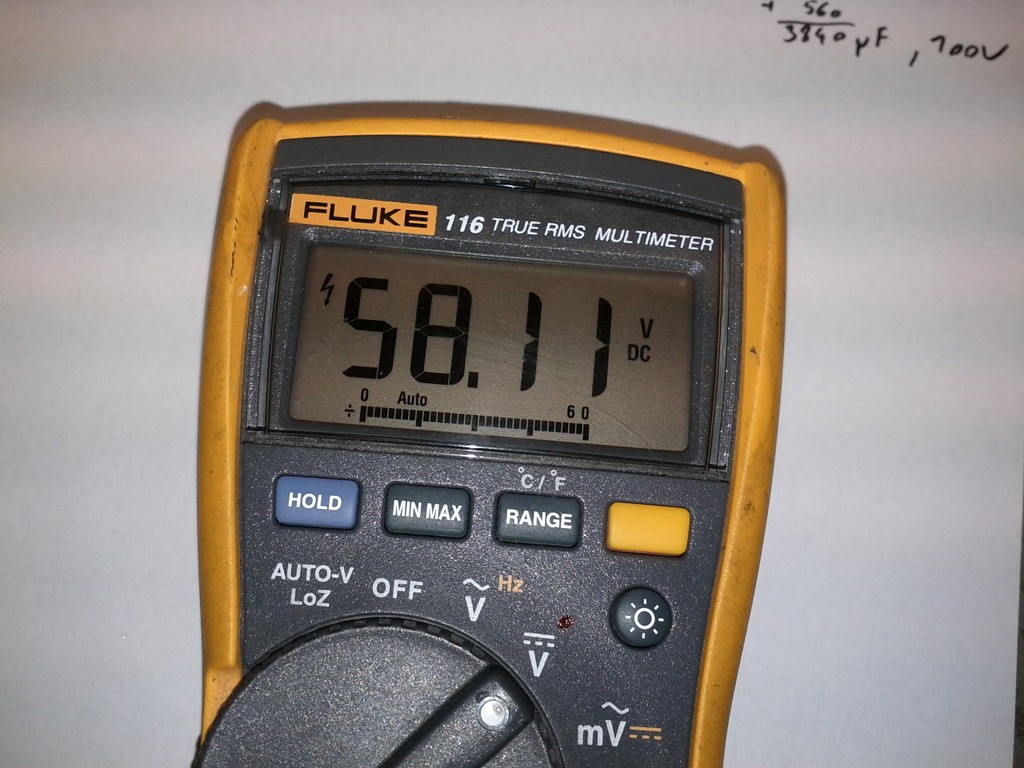
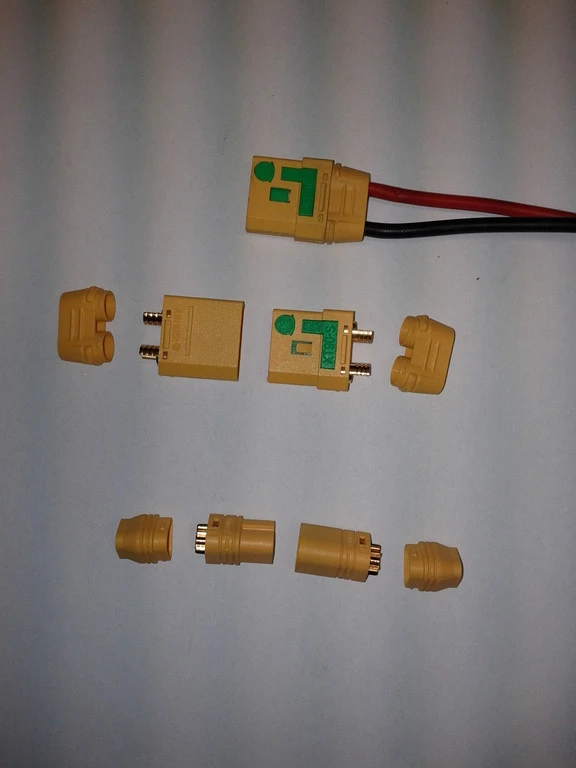
Either way. Here, see gwhy's Inline fuse with anti spark, a very nicely done example with resistor on negative side.Offroader said:Would anyone know if it matters if you use the resistor between the positive connectors or the negative? Everyone shows it on the positive side, but I can't see why it would matter?
I have been using a 1 watt 100 OHM resistor and it seems to work without any issues. I can feel slight heating after maybe 10 seconds.
Offroader said:Would anyone know if it matters if you use the resistor between the positive connectors or the negative? Everyone shows it on the positive side, but I can't see why it would matter?
I have been using a 1 watt 100 OHM resistor and it seems to work without any issues. I can feel slight heating after maybe 10 seconds.
icecube57 said:Speaking from a harness builder perspective... dont use as150. They only work at lower voltages... and barely. I use 300-500ohm resistors in my harnesses for precharge. Suitable for most voltages
Offroader said:I don't understand, you're saying not to use a 150ohm but a 300-500 ohm? What would be the problem of using a 150 ohm?
I use a 100 ohm without any problems. Even people posted here that they use a 30 ohm that works.
Thanks for the link.anon0973923 said:http://hyperphysics.phy-astr.gsu.edu/hbase/electric/capchg.html
That link should be of use to people trying to figure out the ideal resistors to use for their setup.
It should depend on what value of spark is acceptable to you with regard to contact damage on your precharge and main contact.anon0973923 said:To minimize a spark upon connecting the mains, you are probably going to want to get to 2RC (depending on your setup of course).
.anon0973923 said:If our goal is to charge to 2RC (~54V) in one second, then a 500 ohm resistor would be ideal. I think that using anything less is just causing unnecessary heat in the resistor
The energy dissipated in the resistor, integrated over your 2CR, you could say it was close to your Isqdt stated, this is what does the damage, depends on the type of resistor used, to what short term punishment it can take.anon0973923 said:Wattage probably isn't a huge deal since this is a surge scenario. For s**** and giggles, the wattage on that 170 ohm resistor in the 100V setup would be 58.8 watts as time approaches zero!
you have absolutely right, but i had the situation that the AS150 with 5 ohm resistor worked two or three times with days in between and the third time it died and there was an unexpected big spark. there reason probably was PARTIAL DAMAGE of the resistor (to low watt rating).Alan B said:Regarding the earlier test that burned the 5 ohm resistor. Each charge cycle test needs to be separated by an adequate cooling period.
